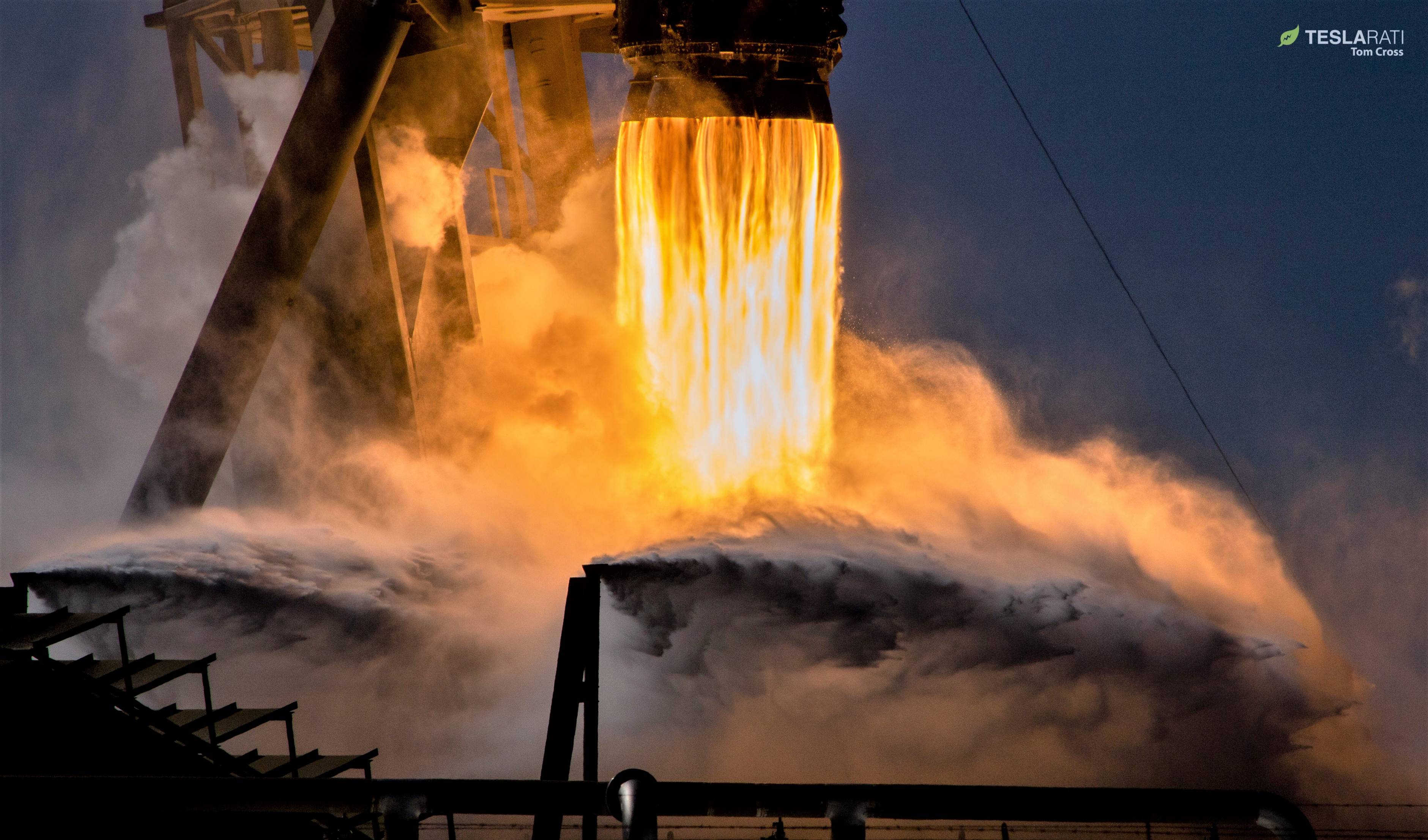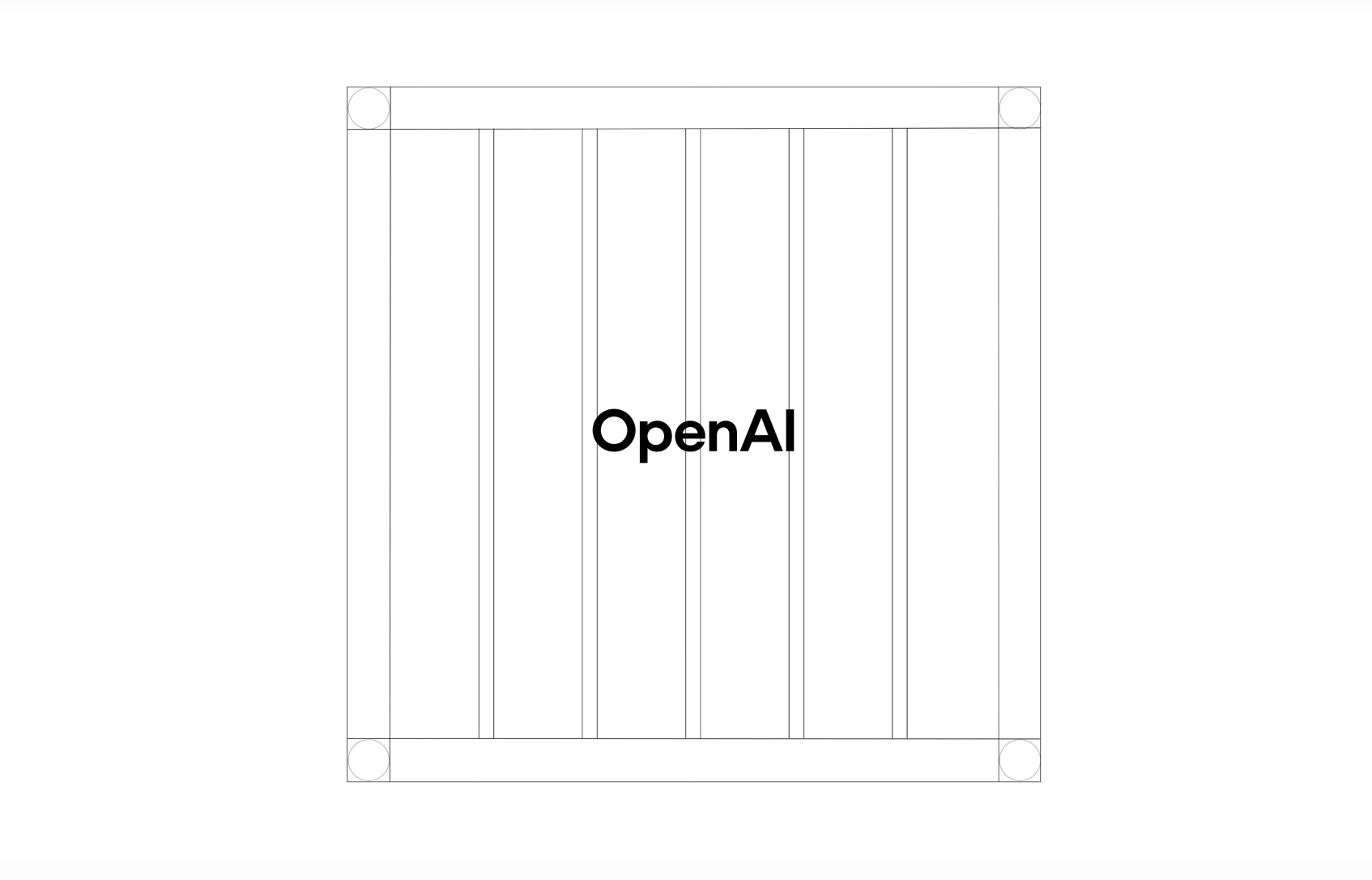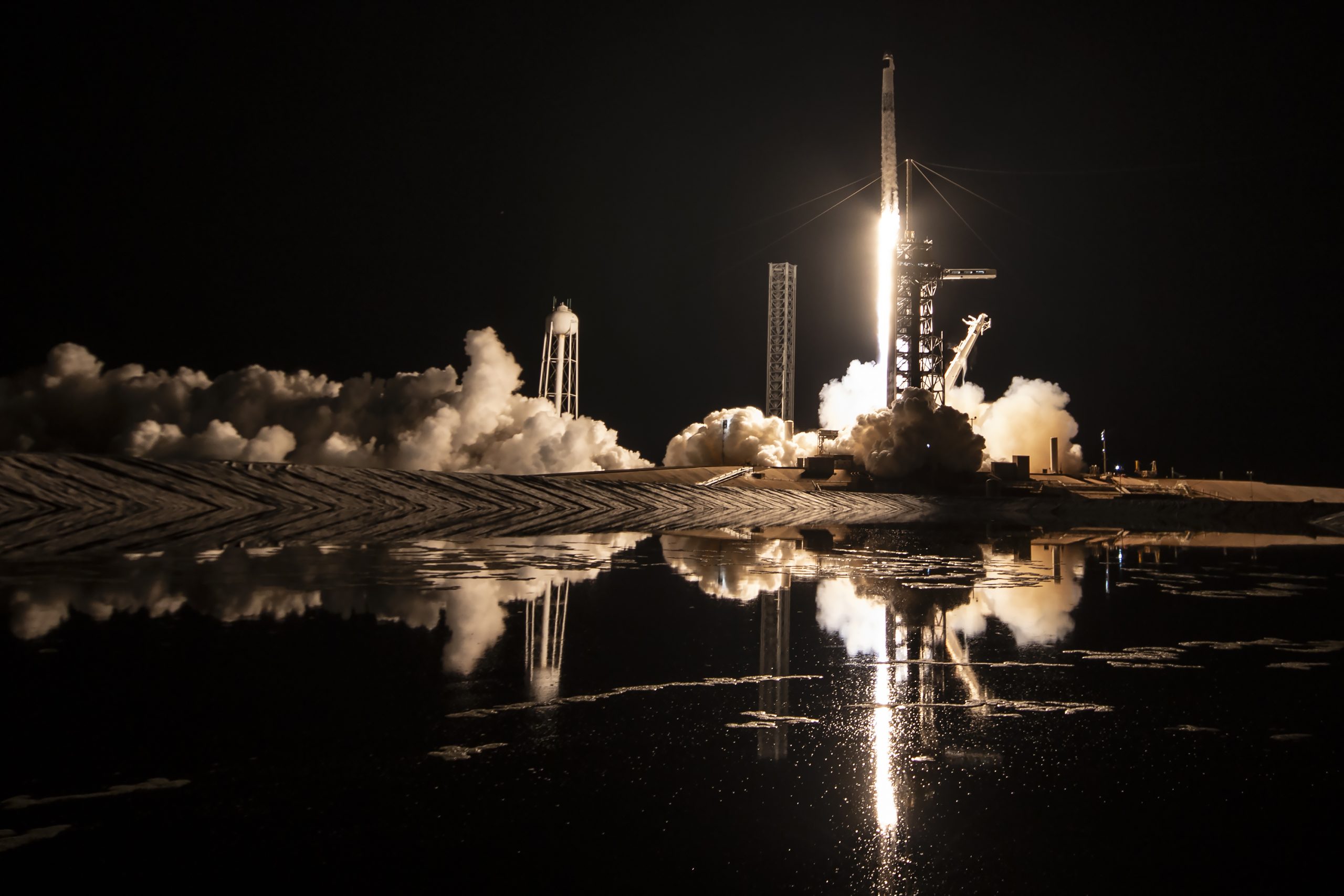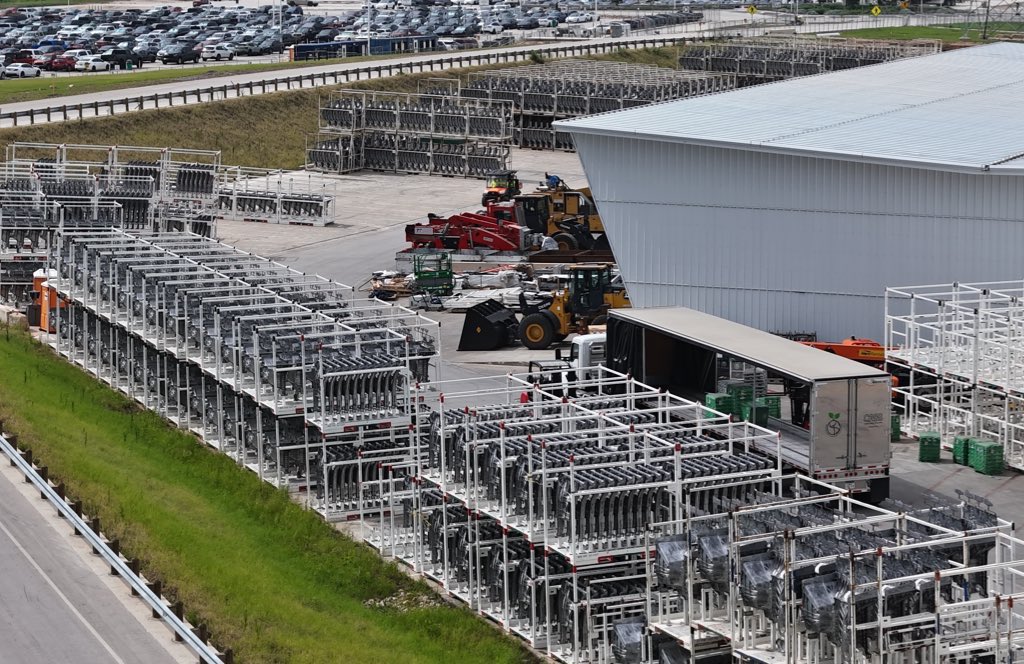

News
SpaceX set to launch reused Dragon on a new Falcon 9 as NASA requests delay
An electrical fault aboard the International Space Station (ISS) has forced NASA to delay SpaceX’s CRS-17 Cargo Dragon launch from May 1st to May 3rd, giving the station’s crew more time to fix the issues at hand.
A new Falcon 9 Block 5 booster is tasked with launching the spacecraft and completed a static fire test at SpaceX’s LC-40 pad on April 27th. The Cargo Dragon capsule, however, completed its first orbital resupply mission (CRS-12) in September 2017 and has since been refurbished for a second launch. After CRS-17, three launches remain on SpaceX’s CRS1 NASA contract between now and early 2020, after which Dragon 2 (i.e. Crew Dragon) is expected to take over. However, a recent failure during a Crew Dragon test have thrown those plans into question.
Cargo Dragon’s 17th mission
Known as C113, the CRS-12 capsule is the last Dragon 1 manufactured by SpaceX, leaving a fleet of five flight-proven spacecraft for SpaceX to complete the eight remaining ISS resupply missions under its Commercial Resupply Services 1 (CRS1) contract. CRS-17 is the latest installment in SpaceX’s ISS resupply saga and is manifested with ~2500 kg (5500 lb) of cargo.
Along for the ride are NASA’s Orbiting Carbon Observatory-3 (OCO-3) and the multi-experiment STP-H6 investigation, two large pieces of hardware that will be delivered to the ISS in Dragon’s unpressurized trunk. After being berthed to the ISS, astronauts will unpack dozens of packages stored inside Cargo Dragon’s cabin. Sometime later, the station’s Canadarm2 will be used to grab OCO-3 and STP-H6 and install each on the outside of the space station, where they will hopefully live long and scientifically fruitful lives.
SpaceX and NASA have assigned a new Falcon 9 Block 5 booster – likely B1056 – to launch CRS-17. To preserve the scene of Crew Dragon C201’s April 20th explosion, the booster will attempt to land around 20 miles (32 km) offshore aboard drone ship Of Course I Still Love You (OCISLY). Originally scheduled for April 25th, CRS-17 was delayed to the 26th, 30th, 1st, and now May 3rd, most of which were requested by NASA for ISS scheduling purposes.
The latest delay – from May 1st to no earlier than (NET) May 3rd – was triggered by an unexpected electrical fault aboard the ISS, cutting the redundancy of its Canadarm2 (SSRMS) control systems from two strings to one. In other words, Canadarm2 – used to ‘grapple’ and berth spacecraft like Cargo Dragon and Cygnus to the station – is now just one electrical fault away from being rendered inoperable. CRS-17 will stay grounded until two-string (i.e. single fault) redundancy is returned to Canadarm2 and additional impacted systems.
In the event that ISS astronauts and NASA ground control are able to repair the electrical systems in a timely fashion, CRS-17 is scheduled to launch at 3:11 am EDT (07:11 UTC) on May 3rd.

In the shadow of Crew Dragon
A recent catastrophic failure of Crew Dragon (i.e. Dragon 2) raises serious questions about SpaceX’s follow-up CRS2 contract, but the nominal plan involves retiring Dragon 1 after CRS-20 and flying all future cargo missions with flight-proven Crew Dragon spacecraft. In the likely event that Crew Dragon C201’s failure delays SpaceX’s CRS2 schedule by several months, there are contingency plans to continue flying refurbished Dragon 1 spacecraft.
However, each Dragon 1 was designed for a maximum of three orbital missions, meaning that SpaceX’s current capsule fleet can support no more than six additional resupply missions before they reach the end of their usable lifespans. SpaceX thus has two potential buffer missions – CRS-21 and CRS-22 – that could theoretically account for up to a year of Dragon 2 delays. Beyond that, additional Dragon 2 delays could create a gap where NASA would have to supply the ISS without SpaceX’s services.
In a best-case scenario, SpaceX and NASA will quickly uncover an unequivocal culprit of C201’s catastrophic explosion, fix the technical and organizational failures that allowed it to happen, and be back on their feet in no time. In reality, it’s likely that the failure will delay future Crew Dragon (and thus Dragon 2) launches by a minimum of 6-12 months. SpaceX will likely need to change up the launch order of its capsules, reassigning DM-2’s Crew Dragon to the in-flight abort (IFA) test and the US Crew Vehicle 1 (USCV-1) Crew Dragon to SpaceX’s first crewed demonstration mission (DM-2). After such a serious and potentially fatal failure, it’s even possible that NASA will require an additional uncrewed orbital launch before permitting SpaceX to fly astronauts on Crew Dragon.
Given that SpaceX’s nominal CRS2 plan involved lightly modifying and reusing Dragon 2s after crewed missions, the future (and schedule) of the company’s Cargo and Crew contracts are intimately intertwined. With any luck, SpaceX and NASA will be able to solve the technical, organizational, and logistical problems now facing them and ensure a stable future for Dragon 2. In the meantime, Cargo Dragon’s CRS-17 mission offers SpaceX a chance to partially verify that Cargo Dragon C201’s issues are are relegated to Dragon 2 and Dragon 2 alone.
Check out Teslarati’s Marketplace! We offer Tesla accessories, including for the Tesla Cybertruck and Tesla Model 3.
News
These Tesla, X, and xAI engineers were just poached by OpenAI
The news is the latest in an ongoing feud between Elon Musk and the Sam Altman-run firm OpenAI.

OpenAI, the xAI competitor for which Elon Musk previously served as a boardmember and helped to co-found, has reportedly poached high-level engineers from Tesla, along with others from xAI, X, and still others.
On Tuesday, Wired reported that OpenAI hired four high-level engineers from Tesla, xAI, and X, as seen in an internal Slack message sent by co-founder Greg Brockman. The engineers include Tesla Vice President of Software Engineering David Lau, X and xAI’s head of infrastructure engineering Uday Ruddarraju, and fellow xAI infrastructure engineer Mike Dalton. The hiring spree also included Angela Fan, an AI researcher from Meta.
“We’re excited to welcome these new members to our scaling team,” said Hannah Wong, an OpenAI spokesperson. “Our approach is to continue building and bringing together world-class infrastructure, research, and product teams to accelerate our mission and deliver the benefits of AI to hundreds of millions of people.”
Lau has been in his position as Tesla’s VP of Software Engineering since 2017, after previously working for the company’s firmware, platforms, and system integration divisions.
“It has become incredibly clear to me that accelerating progress towards safe, well-aligned artificial general intelligence is the most rewarding mission I could imagine for the next chapter of my career,” Lau said in a statement to Wired.
🚨Optimistic projections point to xAI possibly attaining profitability by 2027, according to Bloomberg's sources.
If accurate, this would be quite a feat for xAI. OpenAI, its biggest rival, is still looking at 2029 as the year it could become cash flow positive.💰 https://t.co/pE5Z9daez8
— TESLARATI (@Teslarati) June 18, 2025
READ MORE ON OPENAI: Elon Musk’s OpenAI lawsuit clears hurdle as trial looms
At xAI, Ruddarraju and Dalton both played a large role in developing the Colossus supercomputer, which is comprised of over 200,000 GPUs. One of the major ongoing projects at OpenAI is the company’s Stargate program,
“Infrastructure is where research meets reality, and OpenAI has already demonstrated this successfully,” Ruddarraju told Wired in another statement. “Stargate, in particular, is an infrastructure moonshot that perfectly matches the ambitious, systems-level challenges I love taking on.”
Elon Musk is currently in the process of suing OpenAI for shifting toward a for-profit model, as well as for accepting an investment of billions of dollars from Microsoft. OpenAI retaliated with a counterlawsuit, in which it alleges that Musk is interfering with the company’s business and engaging in unfair competition practices.
Elon Musk confirms Grok 4 launch on July 9 with livestream event
News
SpaceX share sale expected to back $400 billion valuation
The new SpaceX valuation would represent yet another record-high as far as privately-held companies in the U.S. go.

A new report this week suggests that Elon Musk-led rocket company SpaceX is considering an insider share sale that would value the company at $400 billion.
SpaceX is set to launch a primary fundraising round and sell a small number of new shares to investors, according to the report from Bloomberg, which cited people familiar with the matter who asked to remain anonymous due to the information not yet being public. Additionally, the company would sell shares from employees and early investors in a follow-up round, while the primary round would determine the price for the secondary round.
The valuation would represent the largest in history from a privately-owned company in the U.S., surpassing SpaceX’s previous record of $350 billion after a share buyback in December. Rivaling company valuations include ByteDance, the parent company of TikTok, as well as OpenAI.
Bloomberg went on to say that a SpaceX representative didn’t respond to a request for comment at the time of publishing. The publication also notes that the details of such a deal could still change, especially depending on interest from the insider sellers and share buyers.
Axiom’s Ax-4 astronauts arriving to the ISS! https://t.co/WQtTODaYfj
— TESLARATI (@Teslarati) June 26, 2025
READ MORE ON SPACEX: SpaceX to decommission Dragon spacecraft in response to Pres. Trump war of words with Elon Musk
SpaceX’s valuation comes from a few different key factors, especially including the continued expansion of the company’s Starlink satellite internet company. According to the report, Starlink accounts for over half of the company’s yearly revenue. Meanwhile, the company produced its 10 millionth Starlink kit last month.
The company also continues to develop its Starship reusable rocket program, despite the company experiencing an explosion of the rocket on the test stand in Texas last month.
The company has also launched payloads for a number of companies and government contracts. In recent weeks, SpaceX launched Axiom’s Ax-4 mission, sending four astronauts to the International Space Station (ISS) for a 14-day stay to work on around 60 scientific experiments. The mission was launched using the SpaceX Falcon 9 rocket and a new Crew Dragon capsule, while the research is expected to span a range of fields including biology, material and physical sciences, and demonstrations of specialized technology.
News
Tesla Giga Texas continues to pile up with Cybercab castings
Tesla sure is gathering a lot of Cybercab components around the Giga Texas complex.

Tesla may be extremely tight-lipped about the new affordable models that it was expected to start producing in the first half of the year, but the company sure is gathering a lot of Cybercab castings around the Giga Texas complex. This is, at least, as per recent images taken of the facility.
Cybercab castings galore
As per longtime drone operator Joe Tegtmeyer, who has been chronicling the developments around the Giga Texas complex for several years now, the electric vehicle maker seems to be gathering hundreds of Cybercab castings around the factory.
Based on observations from industry watchers, the drone operator appears to have captured images of about 180 front and 180 rear Cybercab castings in his recent photos.
Considering the number of castings that were spotted around Giga Texas, it would appear that Tesla may indeed be preparing for the vehicle’s start of trial production sometime later this year. Interestingly enough, large numbers of Cybercab castings have been spotted around the Giga Texas complex in the past few months.
Cybercab production
The Cybercab is expected to be Tesla’s first vehicle that will adopt the company’s “unboxed” process. As per Tesla’s previous update letters, volume production of the Cybercab should start in 2026. So far, prototypes of the Cybercab have been spotted testing around Giga Texas, and expectations are high that the vehicle’s initial trial production should start this year.
With the start of Tesla’s dedicated Robotaxi service around Austin, it might only be a matter of time before the Cybercab starts being tested on public roads as well. When this happens, it would be very difficult to deny the fact that Tesla really does have a safe, working autonomous driving system, and it has the perfect vehicle for it, too.
-

 Elon Musk1 week ago
Elon Musk1 week agoTesla investors will be shocked by Jim Cramer’s latest assessment
-

 News2 weeks ago
News2 weeks agoTesla Robotaxi’s biggest challenge seems to be this one thing
-

 Elon Musk1 day ago
Elon Musk1 day agoElon Musk confirms Grok 4 launch on July 9 with livestream event
-

 News2 weeks ago
News2 weeks agoWatch the first true Tesla Robotaxi intervention by safety monitor
-

 News5 days ago
News5 days agoTesla Model 3 ranks as the safest new car in Europe for 2025, per Euro NCAP tests
-

 Elon Musk2 weeks ago
Elon Musk2 weeks agoA Tesla just delivered itself to a customer autonomously, Elon Musk confirms
-

 Elon Musk2 weeks ago
Elon Musk2 weeks agoElon Musk confirms Tesla Optimus V3 already uses Grok voice AI
-

 Elon Musk2 weeks ago
Elon Musk2 weeks agoxAI welcomes Memphis pollution results, environmental groups push back




















